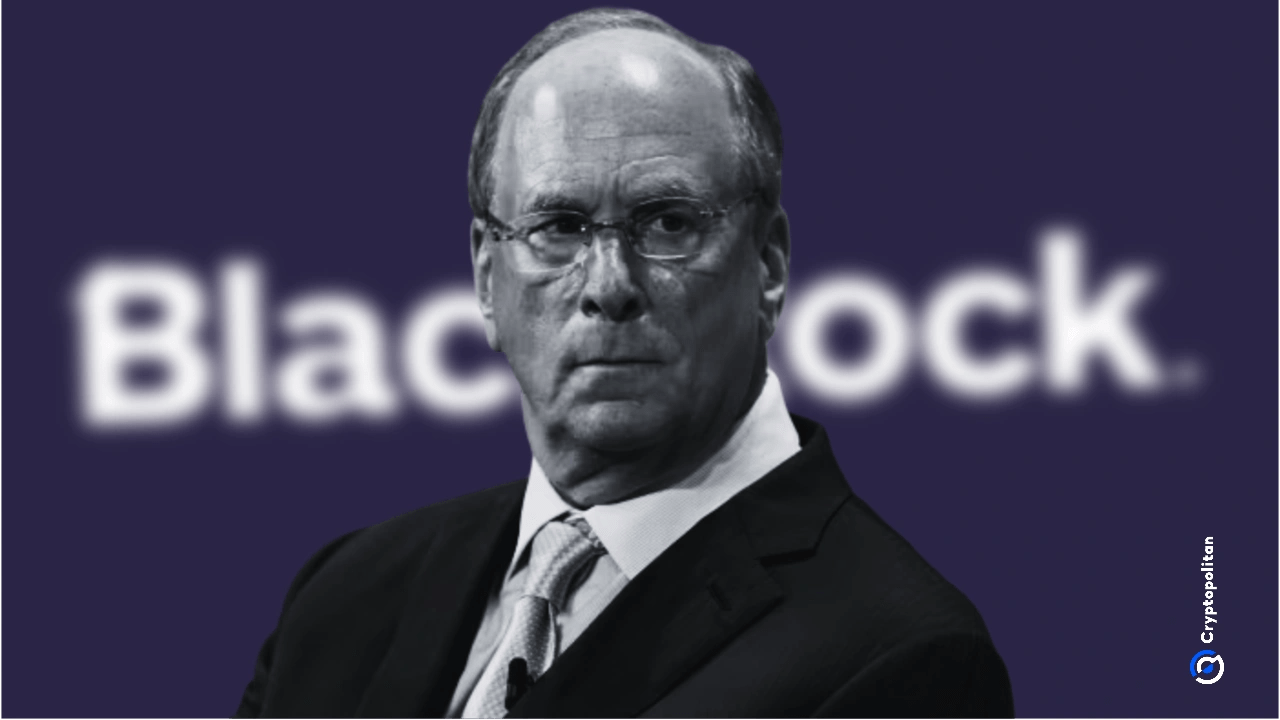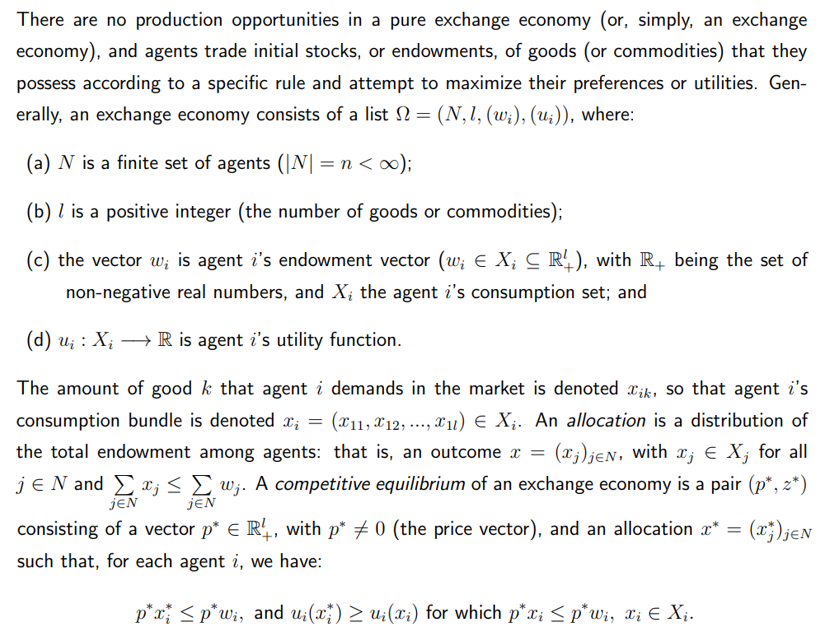US sees new low in biggest dealers stake as Treasury sells $22 billion of 30-year bonds
US Treasury Secretary Scott Bessent sold $22 billion of 30-year bonds on Thursday, and the result revealed a new low for America’s biggest dealers.
A record small share of the auction, only 8.7%, went to the group of 25 primary dealers that the Federal Reserve requires to take part in every auction, which is the lowest since records began in 2006, breaking the previous low of 9% reached twice in 2023, according to data from the Fed and Treasury.
The auction still went through with strong interest from other players. Bloomberg Intelligence analyst Will Hoffman described demand for the sale as “solid,” which explained why primary dealers had so little awarded.
The remainder of the bonds went to two other types of institutional buyers. Direct bidders placed orders straight with the Treasury Department, while indirect bidders bought through a primary dealer but did not leave the bonds in dealer accounts.
Primary dealers cut participation in bond sales
The pullback by dealers has been building for years. Before the 2008 financial crisis, they regularly bought more than 50% of each sale. That has collapsed across the board. Recent auctions of three-year, seven-year, and ten-year notes have also produced record lows for dealers.
Analysts point to two reasons behind the drop. The first is that the size of the Treasury market has grown much faster than the dealers’ own resources, making it harder for them to hold large blocks of debt. The second is the growth of passive investment funds. These funds buy Treasuries automatically to match their indexes, cutting the role of dealers in auctions.
Research by the Federal Reserve Bank of New York shows how big that passive footprint has become. In a blog post, Fed economists Michael Fleming, Jonathan Palash-Mizner, and Or Shachar said trading volume in the $30 trillion US government bond market is on average 58% higher on the last day of the month. That’s when bond indexes are rebalanced. New bonds are added, while any securities that have less than a year left to maturity are dropped.
Last year’s narrower study put the spike in activity at 46% above average, but the new wider numbers show even more trading at month-end. The researchers said “the bigger numbers in this year’s broader study are important for market participants managing trade execution strategies and for policymakers monitoring market functioning and liquidity provision.”
China lowers yields in post-holiday auctions
While Washington was selling long bonds, China’s finance ministry was holding short-term auctions of its own. On Thursday, it priced 28-day bills at 99.925 yuan, giving an annualized yield of 0.98%. That was the lowest since January.
The ministry also sold 63-day bills at a yield of 1.17%, which was also the lowest since the start of the year. Bloomberg data showed both issues attracted strong demand.
Investors in China had built up cash before the Golden Week holiday earlier in October. Once markets reopened, banks quickly moved that cash into government bills.
The People’s Bank of China has kept liquidity conditions anchored with moderately loose policy, leaving room for heavy buying of short-term notes.
In secondary trading, yields on one-month bills also fell further, a sign that inflows continued. Longer-dated securities moved the other way, with yields rising as investors shifted out of debt and into equities. That rotation showed how appetite diverged across maturities, with short paper drawing bids and longer paper being sold.
Don’t just read crypto news. Understand it. Subscribe to our newsletter. It's free.
También te puede interesar

CME Group to launch options on XRP and SOL futures

BlackRock boosts AI and US equity exposure in $185 billion models
